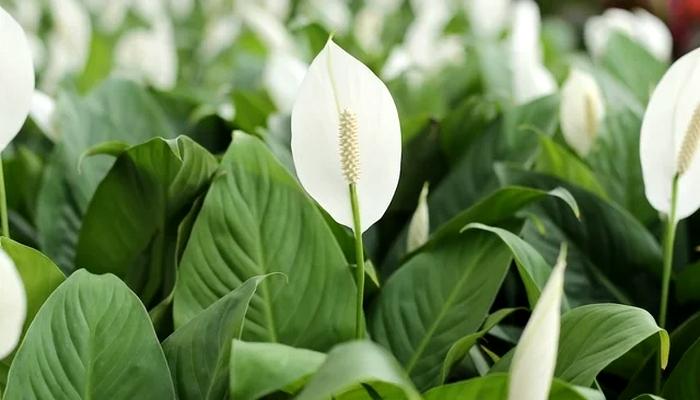The best apps for identifying plants and flowers: Get started now
The search for a deeper connection with nature and the growing interest in botany have driven the development of applications that help identify plants.
With the ease provided by mobile technology, it has become more accessible than ever to discover the name of that mysterious flower in the garden or identify the wild plant found on a trail. In this article, we’ll explore the best apps available to help enthusiasts and nature lovers decipher the plant world around them.
In this article you will find:- What are the best apps for identifying plants?
- Pros and Cons
- Are applications for identifying plants reliable?
- Our opinion
What are the best apps for identifying plants?
Our search for the best apps for identifying plants led us to discover five excellent tools that make it easy to quickly and accurately identify botanicals. These apps are:
- PlantSnap
- Seek by iNaturalist
- PictureThis
- PlantNet
- Flora Incognita
1. PlantSnap
PlantSnap is a plant identification app that uses a vast database and image recognition technology to identify a wide variety of plants.
Users can take a photo of the plant they want to identify and the app provides detailed information about the species, including scientific name, characteristics and habitat.
2. Seek by iNaturalist
Seek is an app developed by iNaturalist, a citizen science platform.
It allows users to photograph plants and animals for identification. In addition to identifying the plant, the application also offers points and challenges to encourage nature exploration and learning.
3. PictureThis
PictureThis is a plant identification app that stands out for its user-friendly interface and additional features.
Users can take photos of plants and receive information about their identity, care, and even gardening tips. It also offers an online community to share and discuss botanical discoveries.
4. PlantNet
PlantNet is a plant identification tool that draws on a collaborative network of botanists and nature enthusiasts.
Users can upload photos of plants and contribute to expanding the database. It is especially useful for identifying plant species in specific regions.
5. Flora Incognita
Flora Incognita is a plant identification app focusing on Central European flora. It offers accurate identification of native and exotic plants in the region, with detailed information on characteristics, ecology and use.
This app is a valuable tool for botany enthusiasts in Europe.
Pros and Cons
When considering using apps to identify plants, it’s important to weigh the pros and cons:
Pros:
- Easy access to botanical information.
- Encouragement of environmental education.
- Data sharing for scientific research.
- Convenience in identification.
- Online community of botany enthusiasts.
Cons:
- Possibility of incorrect identifications.
- Dependence on internet connectivity.
- Limitations in the identification of rare species.
- Requirement of devices with good camera quality.
- Data privacy issues.
Are applications for identifying plants reliable?
The reliability of applications for plant identification is a central issue. While these tools are valuable for enthusiasts and nature lovers, it is important to recognize that their accuracy may vary.
Reliability depends on several factors, such as the quality of the images provided and the database behind the application. In general, these tools are useful for basic identifications, but may not be completely reliable for identifying rare or unusual species.
Therefore, it is advisable to use them as a first step in identification, complementing them with additional sources of information, such as botanical guides and experts.
Our opinion
In our assessment, plant identification applications represent a valuable tool for connecting people with nature and promoting environmental education. They provide a convenient starting point for identifying common plants and stimulate interest in botany.
However, it is essential to use them with discernment, recognizing their limitations and complementing them with traditional botanical knowledge whenever possible. Ultimately, these tools can be powerful allies in exploring the plant world, but the quest for botanical knowledge remains an enriching journey worth undertaking.










